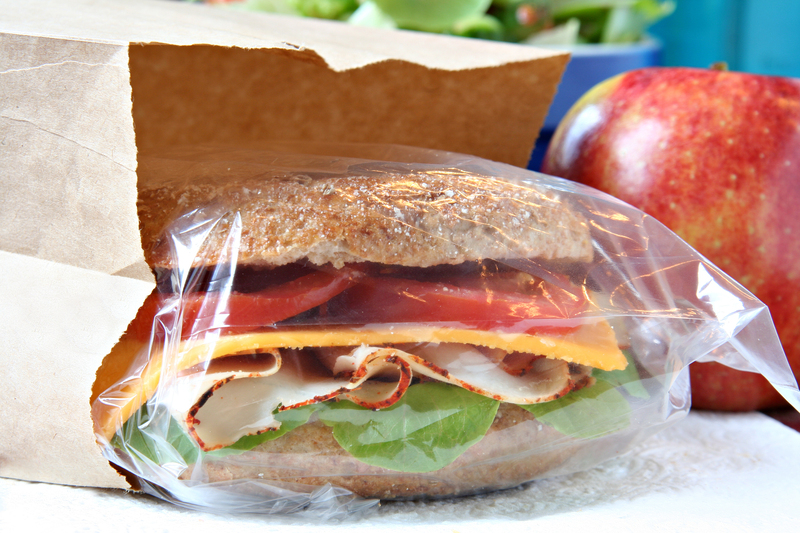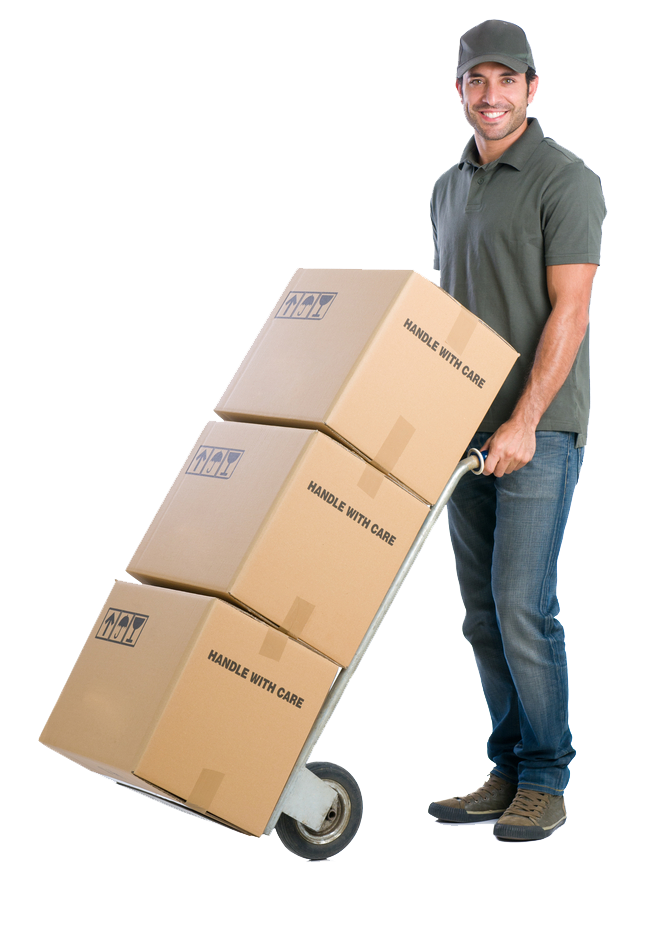Don't Trash Your Empty Cardboard Boxes! Options for Recycling, Repurposing or Sharing
Posted on 29/04/2024
Cardboard boxes are everywhere in our daily lives, especially during moves or big purchases. They come in different shapes and sizes and are often seen as a one-time use item. However, throwing them away after a single use can result in harmful consequences for the environment. Cardboard is recyclable and has the potential to be repurposed or shared, reducing waste and saving resources. In this article, we will explore various options for dealing with empty cardboard boxes and their pros and cons.
Recycling Options
Recycling is the process of turning waste materials into new products, reducing the consumption of fresh raw materials and energy usage. Cardboard boxes can easily be recycled by breaking them down into flat sheets and sending them to a recycling facility. Most municipalities have curbside recycling programs that accept cardboard, making it a convenient option for disposal.
One major advantage of recycling cardboard is that it helps conserve trees, as cardboard is made from wood pulp. According to the Environmental Protection Agency (EPA), recycling one ton of cardboard saves 9 cubic yards of landfill space and 46 gallons of oil. It also reduces air pollution by 74% and water pollution by 35%.
However, there are also some drawbacks to recycling cardboard. The process still requires energy and resources such as water and chemicals which can contribute to pollution. Additionally, not all cardboard can be recycled, such as those contaminated with food or oils.

Repurposing Options
Repurposing is finding alternative uses for old items instead of throwing them away. Empty cardboard boxes have many potential creative uses beyond just storing items. They can be used as storage bins, organizers, or even as pet homes for small animals.
Another popular way to repurpose cardboard is through arts and crafts projects. There are endless possibilities for creating unique pieces such as homemade decorations, gift tags, or even furniture.
One of the greatest advantages of repurposing cardboard is that it reduces waste and encourages creativity. It also saves money as repurposed items can replace the need for purchasing new ones.
However, not all cardboard boxes are suitable for repurposing. Those that are heavily damaged or contaminated may not be safe for use and can pose a risk to health and safety. Repurposing also requires time and effort, which may not be feasible for everyone.
Sharing Options
Sharing empty cardboard boxes is another great way to reduce waste and save resources. If you have recently moved or made a big purchase, consider asking friends, family, or neighbors if they could make use of your empty boxes before recycling them. This not only benefits the environment but also helps others who may need boxes for their own moves or storage needs.
In addition, many local organizations, such as charities or schools, may accept donations of empty cardboard boxes for their own storage or shipping needs. Donating can also provide tax benefits depending on your location.
However, sharing options may not always be available and require additional effort to find someone in need of the boxes. It may also result in the temporary cluttering of space until the boxes are picked up.
Conclusion
Cardboard boxes have multiple options for disposal beyond simply throwing them in the trash. Recycling, repurposing, and sharing are all viable ways to reduce waste and save resources. Each option has its own set of pros and cons, so it is important to consider what works best for you based on time, effort, and availability. Remember to break down the boxes before disposal for efficient recycling. By choosing any of these options instead of simply trashing your empty cardboard boxes, you are taking a step towards a more sustainable future for our planet.
Tips
- Before recycling cardboard, make sure it is clean and dry to avoid contamination.
- Use old cardboard boxes as compost material for your garden.
- Get creative with repurposing, the possibilities are endless!
- Consider donating your empty boxes to those in need instead of throwing them away.

Takeaways
- Recycling cardboard helps conserve trees and reduces air and water pollution.
- Repurposing saves money, encourages creativity, and reduces waste.
- Sharing options benefit both the environment and others in need.
Pros and Cons
Pros:
- Reduces waste and promotes sustainability.
- Can save resources such as trees, oil, and energy usage.
- Provides opportunities for creativity and cost-saving.
Cons:
- Recycling still requires energy and resources which can contribute to pollution.
- Repurposing may not be feasible or suitable for all cardboard boxes.
- Sharing options may require additional effort and may not always be available.
In conclusion, there are many alternatives to trashing your empty cardboard boxes. By choosing one of these options, you are not only reducing waste but also contributing to a more sustainable future. Whether it's through recycling, repurposing, or sharing, every small effort counts towards a greener planet. So let's all do our part in keeping our environment clean and healthy for generations to come.





